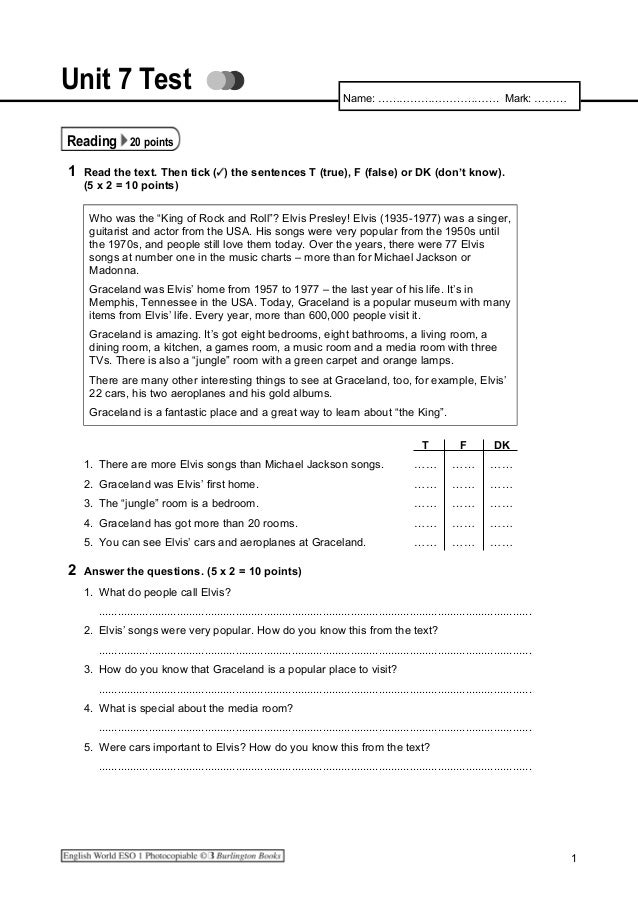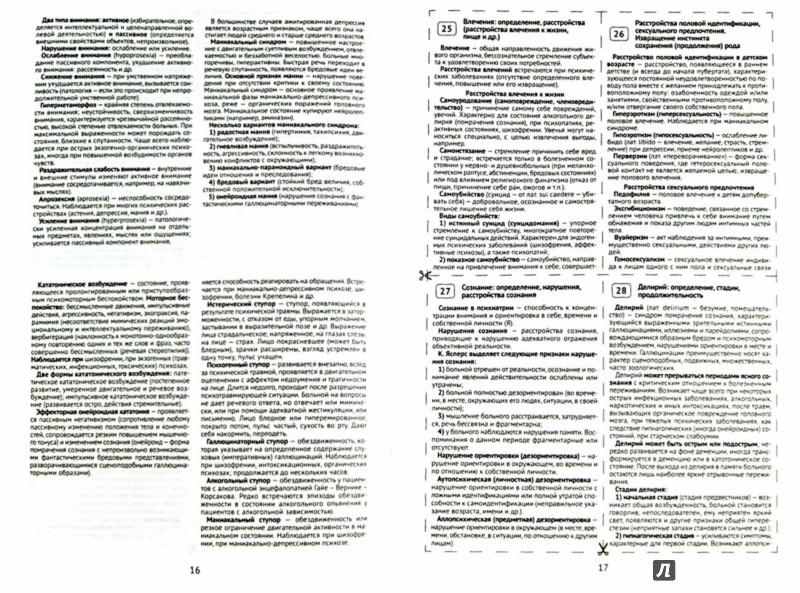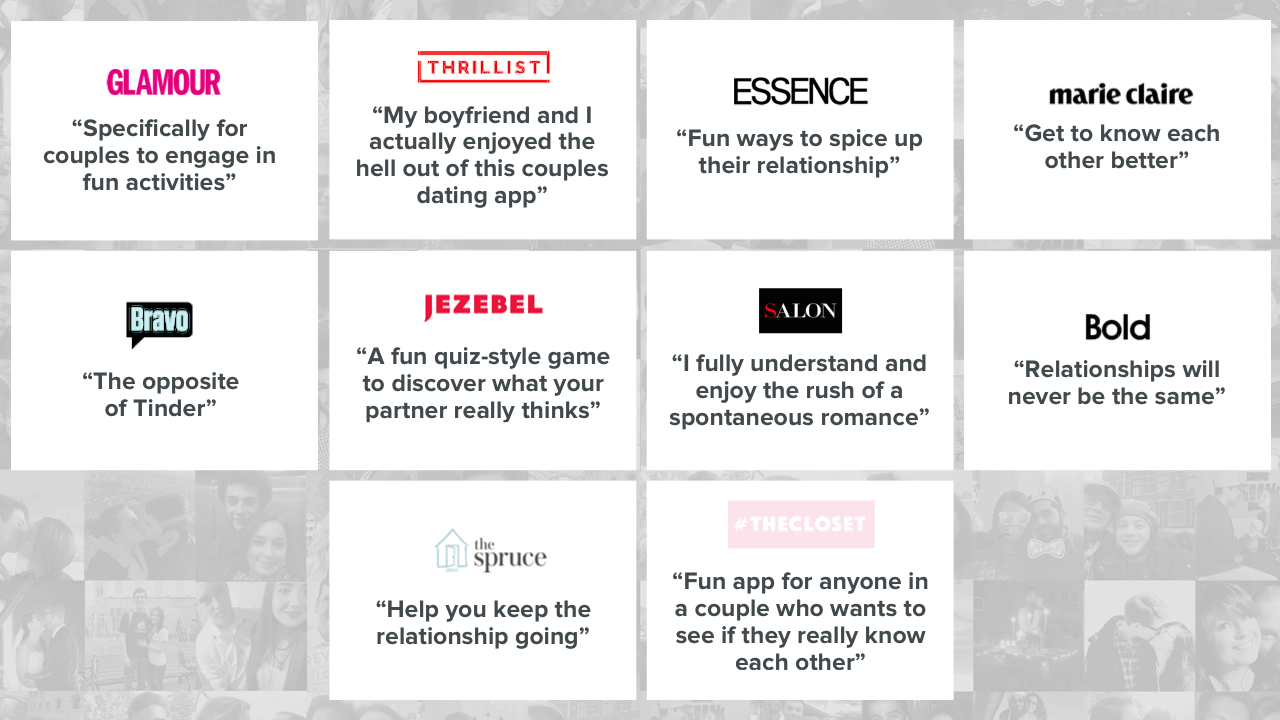Myers personality type
The Myers & Briggs Foundation
ISTJ
Quiet, serious, earn success by thoroughness and dependability. Practical, matter-of-fact, realistic, and responsible. Decide logically what should be done and work toward it steadily, regardless of distractions. Take pleasure in making everything orderly and organized - their work, their home, their life. Value traditions and loyalty.
ISFJ
Quiet, friendly, responsible, and conscientious. Committed and steady in meeting their obligations. Thorough, painstaking, and accurate. Loyal, considerate, notice and remember specifics about people who are important to them, concerned with how others feel. Strive to create an orderly and harmonious environment at work and at home.
INFJ
Seek meaning and connection in ideas, relationships, and material
possessions. Want to understand what motivates people and are
insightful about others. Conscientious and committed to their
firm values. Develop a clear vision about how best to serve the
common good. Organized and decisive in implementing their vision.
INTJ
Have original minds and great drive for implementing their ideas and achieving their goals. Quickly see patterns in external events and develop long-range explanatory perspectives. When committed, organize a job and carry it through. Skeptical and independent, have high standards of competence and performance - for themselves and others.
ISTP
Tolerant and flexible, quiet observers until a problem appears,
then act quickly to find workable solutions. Analyze what makes
things work and readily get through large amounts of data to isolate
the core of practical problems. Interested in cause and effect,
organize facts using logical principles, value efficiency.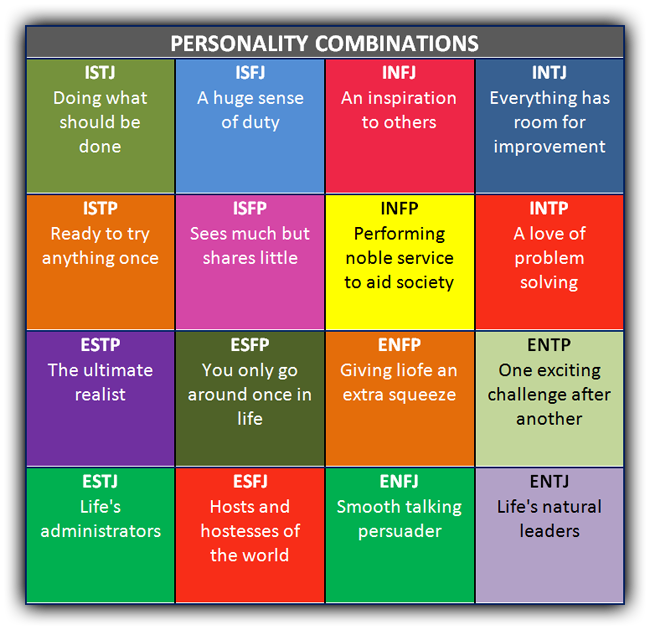
ISFP
Quiet, friendly, sensitive, and kind. Enjoy the present moment, what's going on around them. Like to have their own space and to work within their own time frame. Loyal and committed to their values and to people who are important to them. Dislike disagreements and conflicts, do not force their opinions or values on others.
INFP
Idealistic, loyal to their values and to people who are important to them. Want an external life that is congruent with their values. Curious, quick to see possibilities, can be catalysts for implementing ideas. Seek to understand people and to help them fulfill their potential. Adaptable, flexible, and accepting unless a value is threatened.
INTP
Seek to develop logical explanations for everything that interests
them. Theoretical and abstract, interested more in ideas than
in social interaction.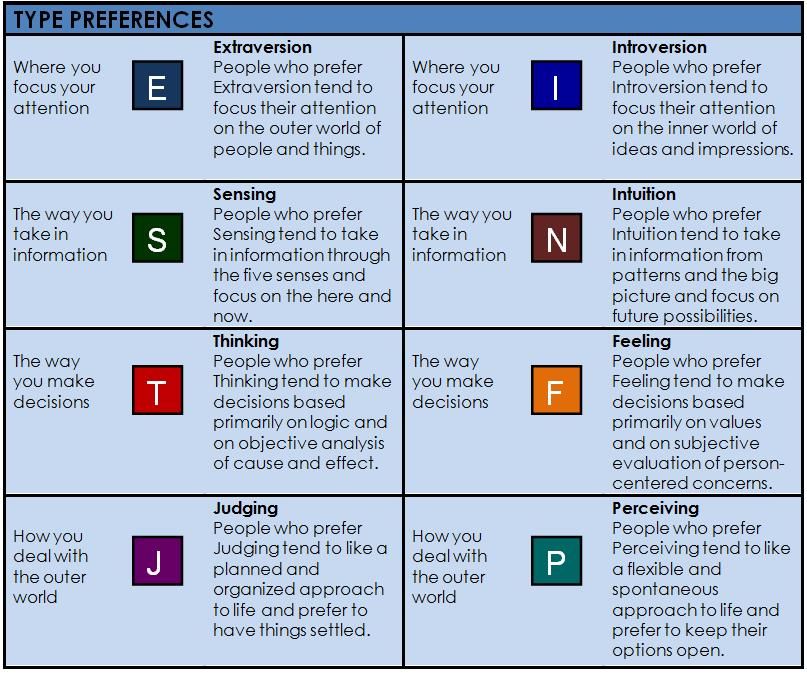 Quiet, contained, flexible, and adaptable.
Have unusual ability to focus in depth to solve problems in their
area of interest. Skeptical, sometimes critical, always analytical.
Quiet, contained, flexible, and adaptable.
Have unusual ability to focus in depth to solve problems in their
area of interest. Skeptical, sometimes critical, always analytical.
ESTP
Flexible and tolerant, they take a pragmatic approach focused on immediate results. Theories and conceptual explanations bore them - they want to act energetically to solve the problem. Focus on the here-and-now, spontaneous, enjoy each moment that they can be active with others. Enjoy material comforts and style. Learn best through doing.
ESFP
Outgoing, friendly, and accepting. Exuberant lovers of life,
people, and material comforts. Enjoy working with others to make
things happen. Bring common sense and a realistic approach to
their work, and make work fun. Flexible and spontaneous, adapt
readily to new people and environments. Learn best by trying a
new skill with other people.
Learn best by trying a
new skill with other people.
ENFP
Warmly enthusiastic and imaginative. See life as full of possibilities. Make connections between events and information very quickly, and confidently proceed based on the patterns they see. Want a lot of affirmation from others, and readily give appreciation and support. Spontaneous and flexible, often rely on their ability to improvise and their verbal fluency.
ENTP
Quick, ingenious, stimulating, alert, and outspoken. Resourceful in solving new and challenging problems. Adept at generating conceptual possibilities and then analyzing them strategically. Good at reading other people. Bored by routine, will seldom do the same thing the same way, apt to turn to one new interest after another.
ESTJ
Practical, realistic, matter-of-fact. Decisive, quickly move
to implement decisions. Organize projects and people to get things
done, focus on getting results in the most efficient way possible.
Take care of routine details. Have a clear set of logical standards,
systematically follow them and want others to also. Forceful in
implementing their plans.
Organize projects and people to get things
done, focus on getting results in the most efficient way possible.
Take care of routine details. Have a clear set of logical standards,
systematically follow them and want others to also. Forceful in
implementing their plans.
ESFJ
Warmhearted, conscientious, and cooperative. Want harmony in their environment, work with determination to establish it. Like to work with others to complete tasks accurately and on time. Loyal, follow through even in small matters. Notice what others need in their day-by-day lives and try to provide it. Want to be appreciated for who they are and for what they contribute.
ENFJ
Warm, empathetic, responsive, and responsible. Highly attuned
to the emotions, needs, and motivations of others. Find potential
in everyone, want to help others fulfill their potential.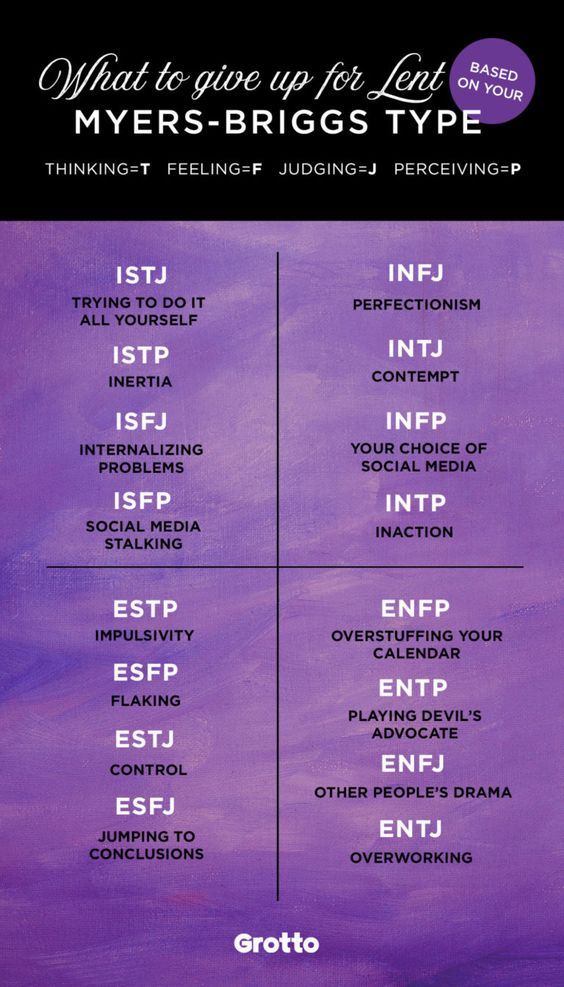 May
act as catalysts for individual and group growth. Loyal, responsive
to praise and criticism. Sociable, facilitate others in a group,
and provide inspiring leadership.
May
act as catalysts for individual and group growth. Loyal, responsive
to praise and criticism. Sociable, facilitate others in a group,
and provide inspiring leadership.
ENTJ
Frank, decisive, assume leadership readily. Quickly see illogical and inefficient procedures and policies, develop and implement comprehensive systems to solve organizational problems. Enjoy long-term planning and goal setting. Usually well informed, well read, enjoy expanding their knowledge and passing it on to others. Forceful in presenting their ideas.
Excerpted from Introduction to Type® by Isabel Briggs Myers published by The Myers-Briggs Company. Used with permission.
Myers & Briggs' 16 Personality Types
Explore our in-depth descriptions of each of the 16 personality types to learn more about yourself and your loved ones. Or, if you're not sure which personality type fits you, take our free personality test .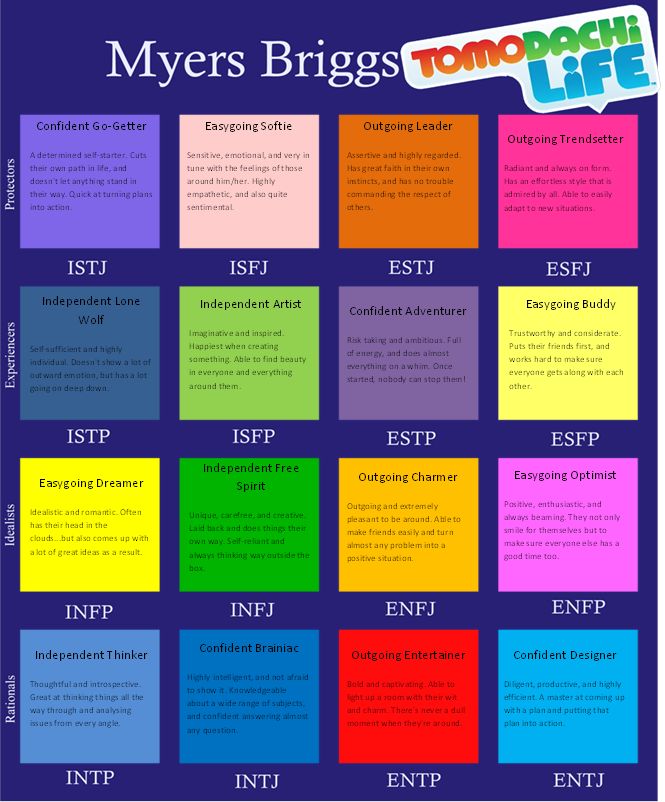
The 16 personality types were created by Isabel Myers and Katharine Briggs, developers of the MBTI® assessment. Myers and Briggs created their personality typology to help people discover their own strengths and gain a better understanding of how people are different.
When you discover your own personality type, you'll understand more clearly why you do the things you do. You will gain confidence in your strengths and be better able to make decisions that suit your true nature.
Find Your Type
INFP
The Healer
INFPs are imaginative idealists, guided by their own core values and beliefs. To a Healer, possibilities are paramount; the reality of the moment is only of passing concern. They see potential for a better future, and pursue truth and meaning with their own flair.
INTJ
The Mastermind
INTJs are analytical problem-solvers, eager to improve systems and processes with their innovative ideas. They have a talent for seeing possibilities for improvement, whether at work, at home, or in themselves.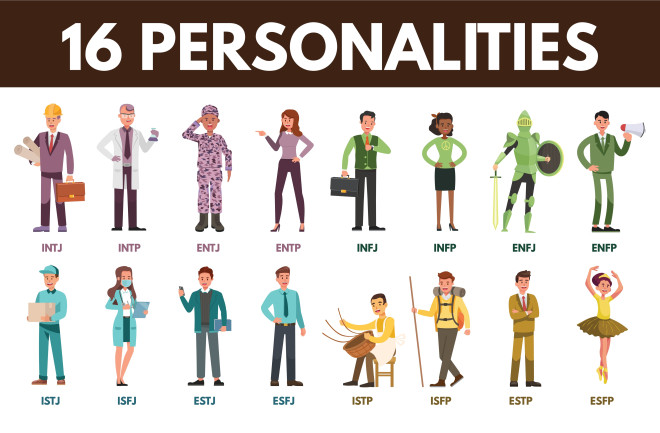
INFJ
The Counselor
INFJs are creative nurturers with a strong sense of personal integrity and a drive to help others realize their potential. Creative and dedicated, they have a talent for helping others with original solutions to their personal challenges.
INTP
The Architect
INTPs are philosophical innovators, fascinated by logical analysis, systems, and design. They are preoccupied with theory, and search for the universal law behind everything they see. They want to understand the unifying themes of life, in all their complexity.
ENFP
The Champion
ENFPs are people-centered creators with a focus on possibilities and a contagious enthusiasm for new ideas, people and activities. Energetic, warm, and passionate, ENFPs love to help other people explore their creative potential.
ENTJ
The Commander
ENTJs are strategic leaders, motivated to organize change. They are quick to see inefficiency and conceptualize new solutions, and enjoy developing long-range plans to accomplish their vision.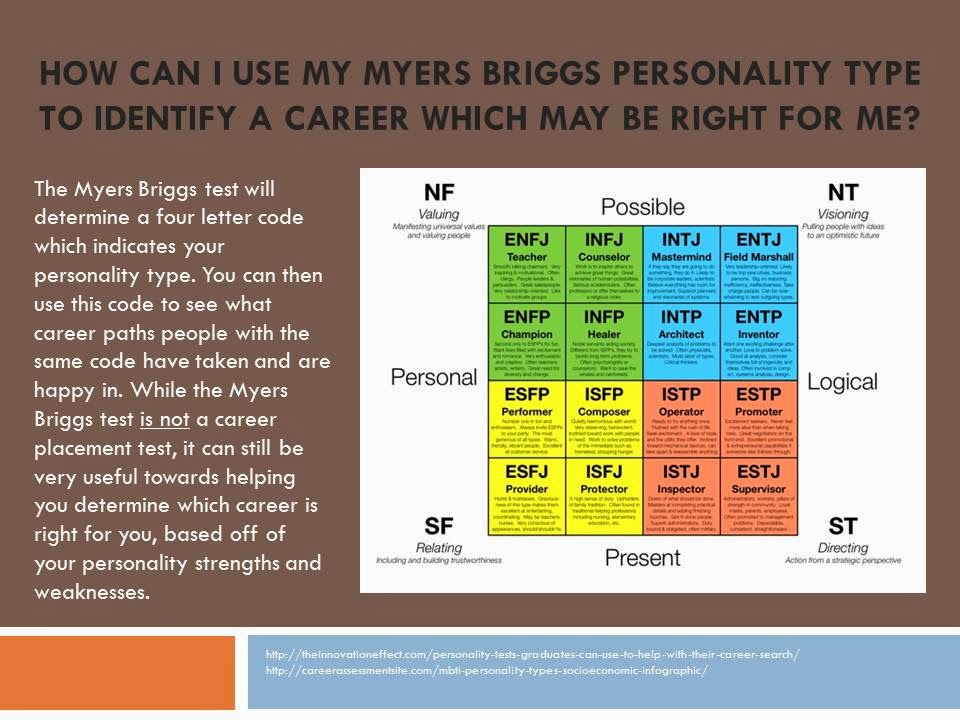 They excel at logical reasoning and are usually articulate and quick-witted.
They excel at logical reasoning and are usually articulate and quick-witted.
ENTP
The Visionary
ENTPs are inspired innovators, motivated to find new solutions to intellectually challenging problems. They are curious and clever, and seek to comprehend the people, systems, and principles that surround them.
ENFJ
The Teacher
ENFJs are idealist organizers, driven to implement their vision of what is best for humanity. They often act as catalysts for human growth because of their ability to see potential in other people and their charisma in persuading others to their ideas.
ISFJ
The Protector
ISFJs are industrious caretakers, loyal to traditions and organizations. They are practical, compassionate, and caring, and are motivated to provide for others and protect them from the perils of life.
ISFP
The Composer
ISFPs are gentle caretakers who live in the present moment and enjoy their surroundings with cheerful, low-key enthusiasm. They are flexible and spontaneous, and like to go with the flow to enjoy what life has to offer.
They are flexible and spontaneous, and like to go with the flow to enjoy what life has to offer.
ISTJ
The Inspector
ISTJs are responsible organizers, driven to create and enforce order within systems and institutions. They are neat and orderly, inside and out, and tend to have a procedure for everything they do.
ISTP
The Craftsperson
ISTPs are observant artisans with an understanding of mechanics and an interest in troubleshooting. They approach their environments with a flexible logic, looking for practical solutions to the problems at hand.
ESFJ
The Provider
ESFJs are conscientious helpers, sensitive to the needs of others and energetically dedicated to their responsibilities. They are highly attuned to their emotional environment and attentive to both the feelings of others and the perception others have of them.
ESFP
The Performer
ESFPs are vivacious entertainers who charm and engage those around them.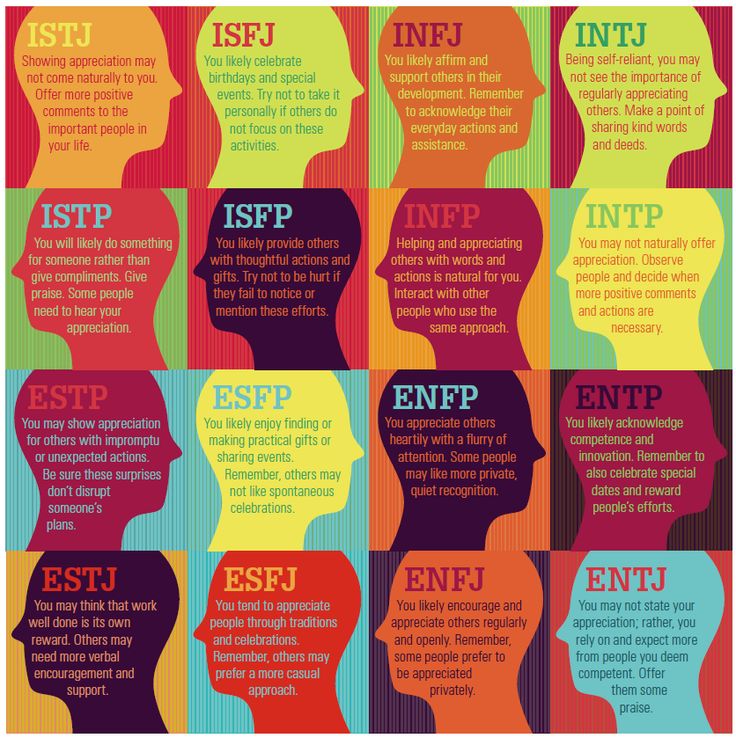 They are spontaneous, energetic, and fun-loving, and take pleasure in the things around them: food, clothes, nature, animals, and especially people.
They are spontaneous, energetic, and fun-loving, and take pleasure in the things around them: food, clothes, nature, animals, and especially people.
ESTJ
The Supervisor
ESTJs are hardworking traditionalists, eager to take charge in organizing projects and people. Orderly, rule-abiding, and conscientious, ESTJs like to get things done, and tend to go about projects in a systematic, methodical way.
ESTP
The Dynamo
ESTPs are energetic thrillseekers who are at their best when putting out fires, whether literal or metaphorical. They bring a sense of dynamic energy to their interactions with others and the world around them.
Personality typing is a system of categorizing people according to their tendencies to think and act in particular ways. Personality typing attempts to find the broadest, most important ways in which people are different, and make sense of these differences by sorting people into meaningful groups.
What is personality typing?
The personality types described here were created by Isabel Briggs Myers and her mother, Katharine Briggs, in the 1960's.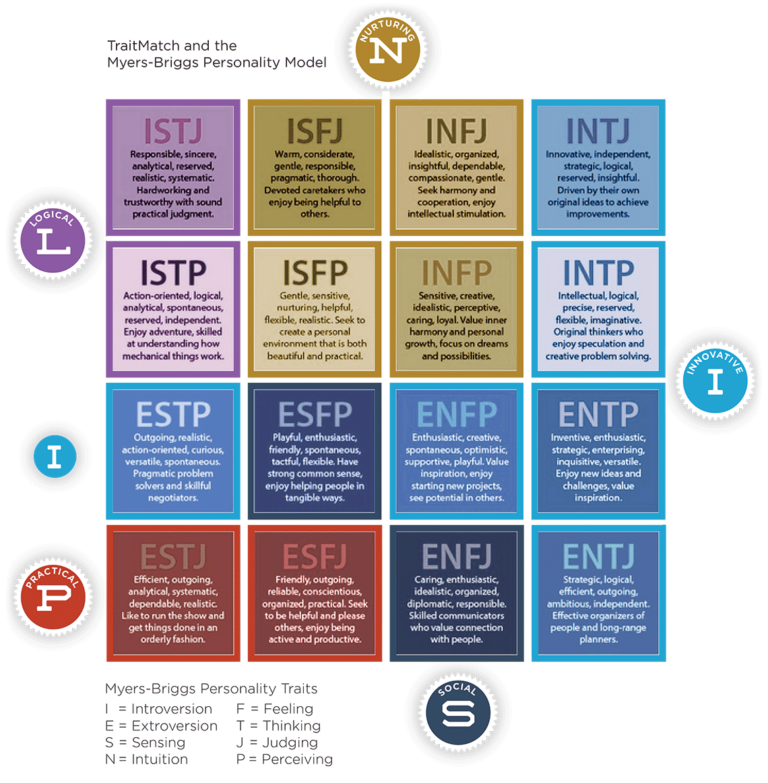 Their theories were based on the work of psychologist Carl Jung, although they extended his ideas to create a more complete framework of personality typing. Myers and Briggs proposed that there were four key dimensions that could be used to categorize people:
Their theories were based on the work of psychologist Carl Jung, although they extended his ideas to create a more complete framework of personality typing. Myers and Briggs proposed that there were four key dimensions that could be used to categorize people:
- Introversion vs. Extraversion
- Sensing vs. Intuition
- Thinking vs. Feeling
- Judging vs. Perceiving
Each of the four dimensions was described as a dichotomy, or an either/or choice between two styles of being. Myers and Briggs described this as a "preference" and proposed that any individual should be able to identify a preferred style on each of the four dimensions. The sum of a person's four preferred styles becomes their personality type.
Myers and Briggs theorized that our preferences on each of the four dimensions would combine to create predictable patterns in thought and behavior, so that people with the same four preferences would share many commonalities in the way they approach their lives, from the hobbies they choose to the work that might suit them.
What is the meaning of the four letters in a personality type?
Each of the four letters in a personality type code stands for a preference in your style of thinking or behaving.
I/E: Introversion or Extraversion
The Introversion/Extraversion dimension describes how a person manages their energy.
Introverts are energized by spending quiet time alone or with a small group. They tend to be more reserved and thoughtful.
Extraverts are energized by spending time with people and in busy, active surroundings. They tend to be more expressive and outspoken.
S/N: Sensing or iNtuition
The Sensing/Intuition dimension describes how an individual processes information.
Sensors focus on their five senses and are interested in information they can directly see, hear, feel, and so on. They tend to be hands-on learners and are often described as "practical."
Intuitives focus on a more abstract level of thinking; they are more interested in theories, patterns, and explanations.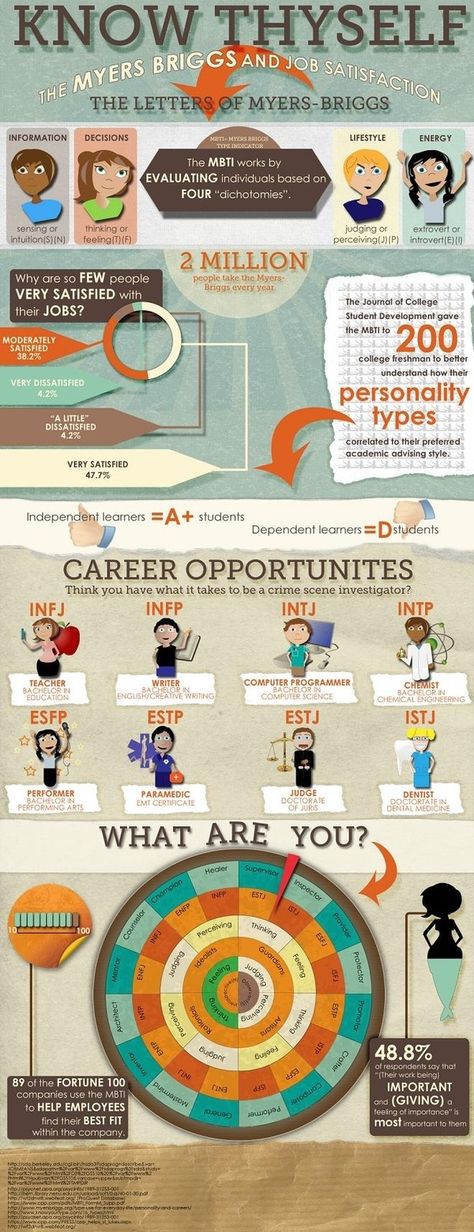 They are often more concerned with the future than the present and are often described as "creative."
They are often more concerned with the future than the present and are often described as "creative."
T/F: Thinking or Feeling
The Thinking/Feeling dimension describes how people make decisions.
Thinkers tend to make decisions with their heads; they are interested in finding the most logical, reasonable choice.
Feelers tend to make decisions with their hearts; they are interested in how a decision will affect people, and whether it fits in with their values.
J/P: Judging or Perceiving
The Judging/Perceiving dimension describes how people approach structure in their lives.
Judgers appreciate structure and order; they like things planned, and dislike last-minute changes.
Perceivers appreciate flexibility and spontaneity; they like to leave things open so they can change their minds.
How do I know which personality type I am?
Easy—take our in-depth personality type test!
THE FINE PRINT: Myers-Briggs® and MBTI® are registered trademarks of the MBTI Trust, Inc.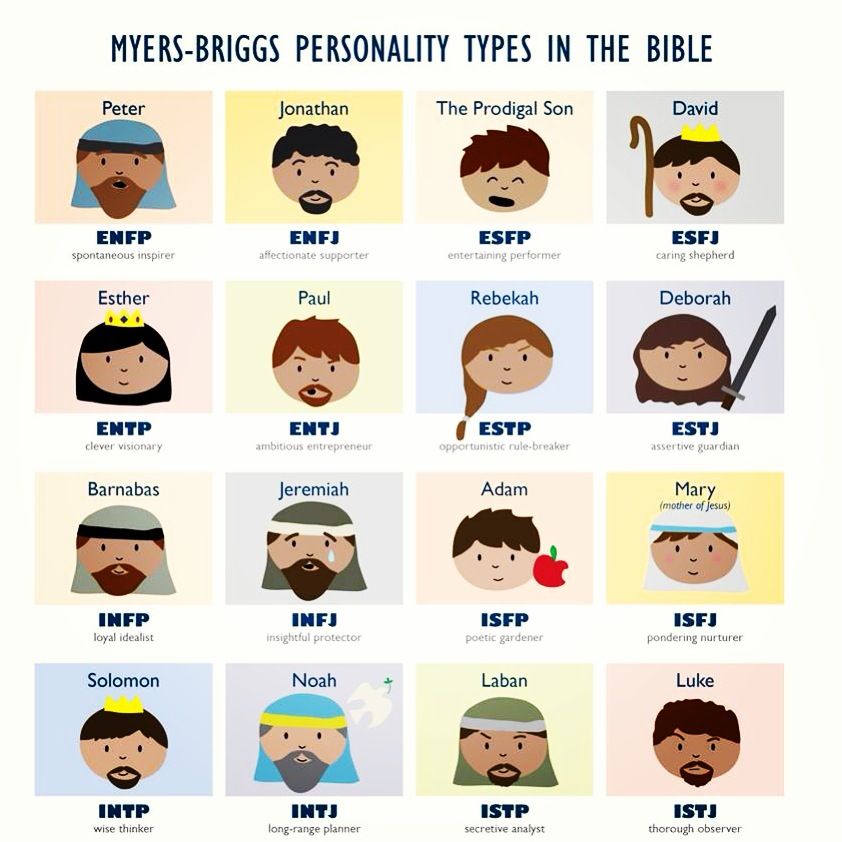 , which has no affiliation with this site. Truity offers a free personality test based on Myers and Briggs' types, but does not offer the official MBTI® assessment. For more information on the Myers Briggs Type Indicator® assessment, please go here.
, which has no affiliation with this site. Truity offers a free personality test based on Myers and Briggs' types, but does not offer the official MBTI® assessment. For more information on the Myers Briggs Type Indicator® assessment, please go here.
Luscher test | Blog 4brain
The Lüscher Test is a personality test developed by the Swiss psychotherapist Max Lüscher. The essence of the test is the ranking of colored cards. Based on your individual preferences between colors, certain conclusions can be drawn about your personality.
We invite you to take our online Self-Knowledge Program to get to know yourself better. In 4 weeks, with the help of psychological tests and exercises, you will find out what you really want in life, understand your strengths and weaknesses.
What is the Luscher test and how does it work?
The method of color diagnostics, developed by the psychotherapist Max Luscher and named after him, was developed in the middle of the last century and immediately became popular.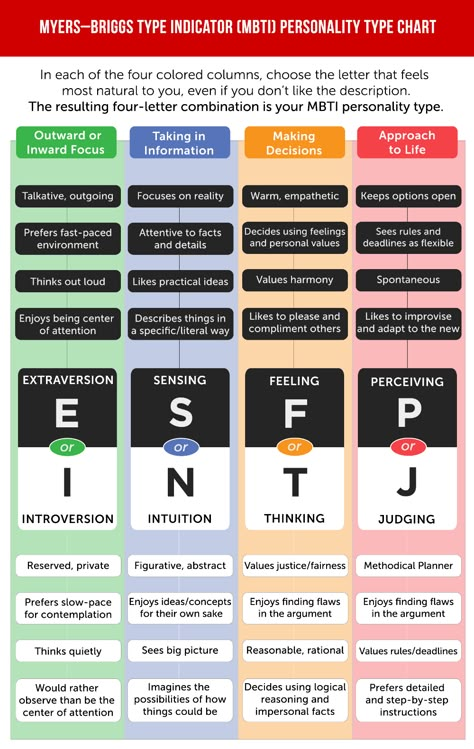
The test was the main development of Luscher and the main business of his life. For several decades, he conducted research and improved his methodology.
Max Luscher believed that color perception is universal, but color preferences are individual. Based on this, knowing the colors preferred by the individual and their meaning, one can draw conclusions about the properties of his character and internal state.
Also, the results of the Luscher test help psychotherapists determine the causes of stress and, accordingly, find ways to get rid of it.
It should be noted that according to Max Luscher himself, his test is applicable to every person. Regardless of gender, nationality, age, etc. The test will allow you to make a correct diagnosis.
There are various variations of this test. The most popular is the eight-color Luscher test. In this version, the person is asked to rank the colors below.
As already mentioned, there are several Luscher tests, and, of course, each of them is real.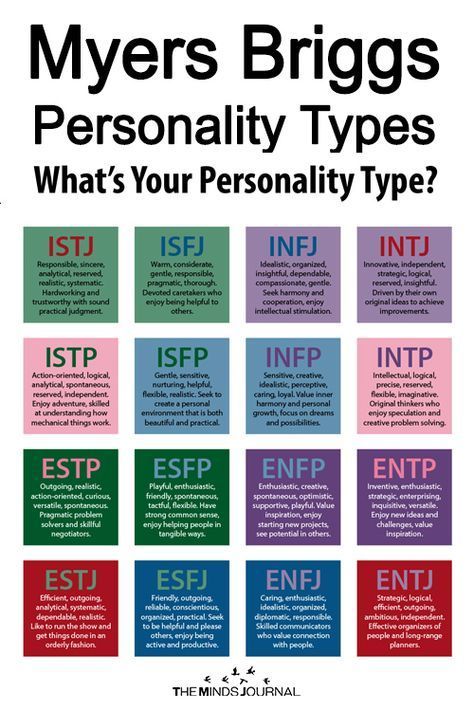 They differ in the number of colors, the size of the cards and the colors themselves (shades).
They differ in the number of colors, the size of the cards and the colors themselves (shades).
Clinical Luscher color test
This test is called the complete Luscher test, because it contains more colors.
It requires the following conditions:
- Good natural light.
- No direct sunlight.
- Using the original colors (if you change the set of colors, the interpretation of the results will also change)
This test is carried out as follows:
- Select among shades of gray.
- 8 colors.
- Choice of four basic colors.
- Among the blue.
- Among the green.
- Among red.
- Among yellow.
You can take the Luscher test here (including the full one) and here.
Meaning of colors
Each color has its own special characteristics.
Gray
In the Luscher test, gray is a neutral color. If a person puts it in the first place, then he wants to separate from the rest of the world, to avoid the influence of any incentives.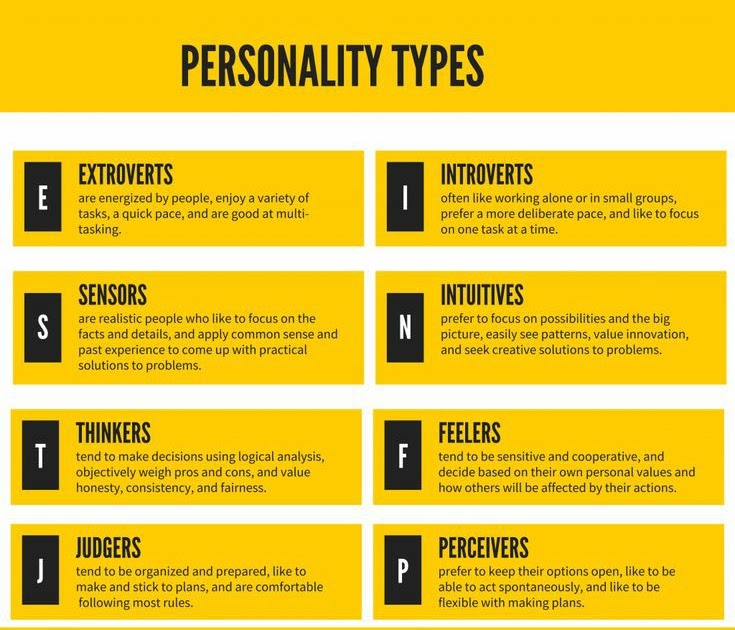 If gray is not chosen first, it means a person's desire to move away from the problems that indicate the least attractive colors. The gray color in the first three positions is interpreted as a tendency to self-deception.
If gray is not chosen first, it means a person's desire to move away from the problems that indicate the least attractive colors. The gray color in the first three positions is interpreted as a tendency to self-deception.
Red
Red is the color of excitement. It means the desire for power, success, rich and vibrant life. If the red color is placed in the first place, it means that the person wants to experience this excitement in the near future. Red in the last places means fear of excitement, unwillingness to experience it.
Green
This color means perseverance, perseverance, constancy and reliability. Also resistance to change. If a person chooses green first, then they probably want to increase their confidence in their own worth. Green also means the desire to establish control over one's own life and improve it. The green color in the first place is a sign of a thirst for recognition. Green in the last places means the same desires, but the unwillingness to realize them.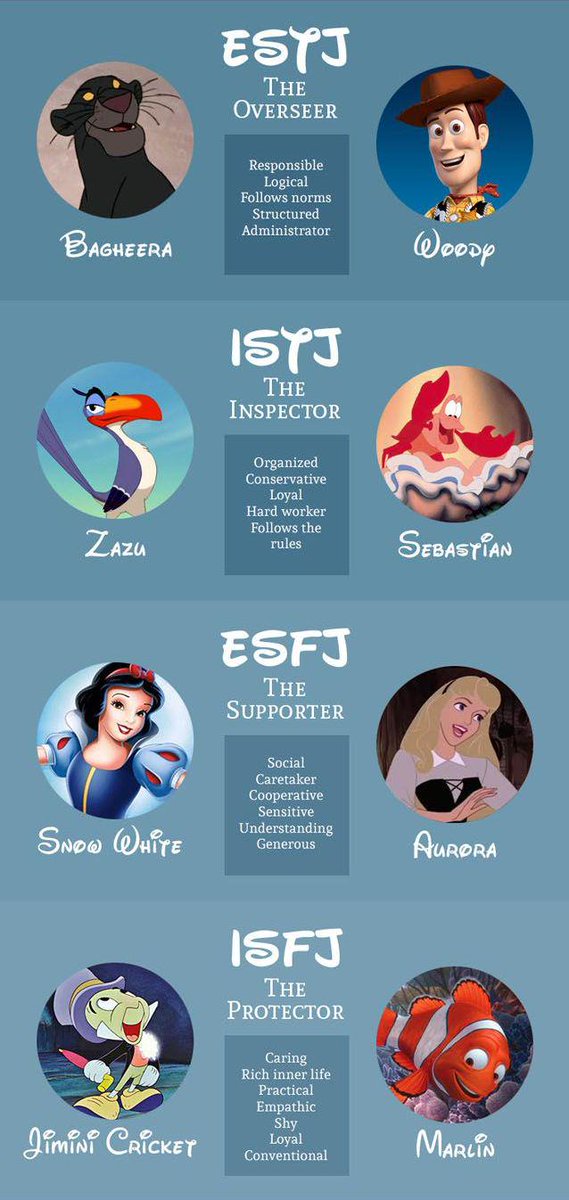
Blue
Blue is the color of peace, the color of the absence of irritation. Therefore, the choice of blue color means the need for peace and relaxation. That is, blue is a sign of susceptibility. If a person puts blue in last place, this means unwillingness to rest. A person believes that he cannot calm down, slow down, without losing anything.
Yellow
Somewhat similar to red, but weaker. Yellow is brightness, fun, hope for happiness. If a person chooses him one of the first, this means the desire for liberation from what is currently oppressing a person. Yellow in the last places is a sign of the destruction of hopes.
Brown
Brown - muted red. He is more passive. Brown suggests sensory perception, not agitated activity. This color in the first places denotes the desire for peace and relaxation. Last but not least, the desire to stand out.
Violet
Violet is obtained by mixing blue and red, two opposite colors. Purple can represent unity or uncertainty.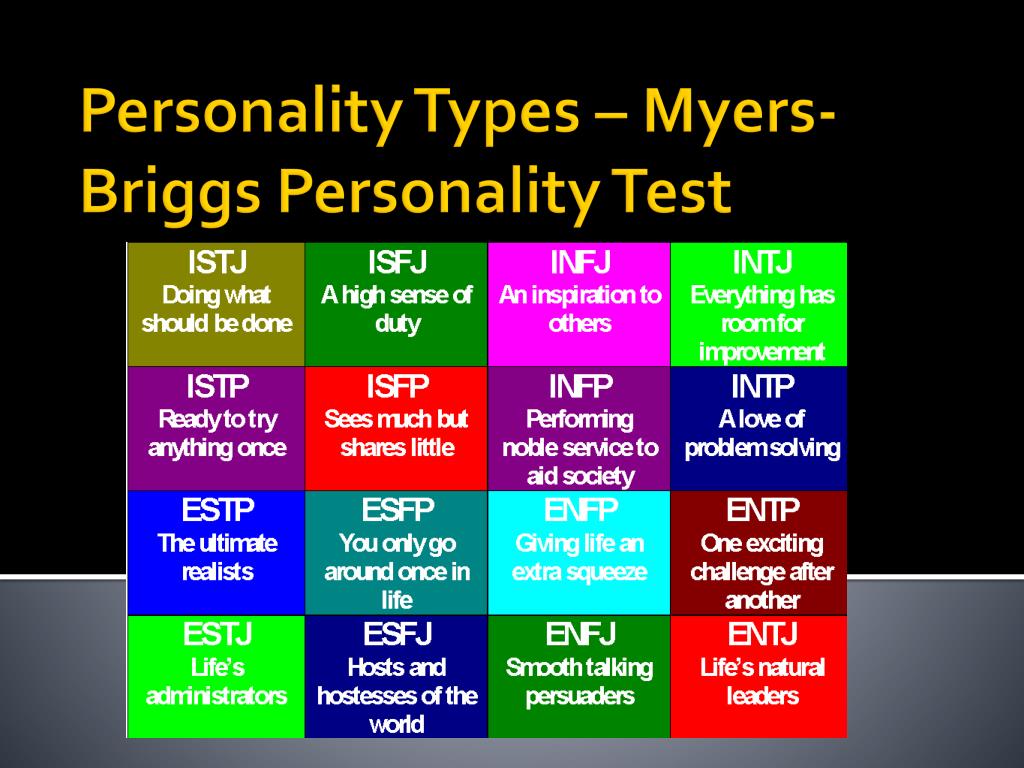 It is often one of the first choices of teenagers. Purple in the last places means the desire for merger and unity.
It is often one of the first choices of teenagers. Purple in the last places means the desire for merger and unity.
Black
This is the color of negation, "nothing". Black in the first place means a protest against one's own destiny, its denial. Black in last place is the belief that rejection leads to scarcity, deprivation. Therefore, the person who put black in last place does not want to give up anything.
Criticism of the test
Critics often point out that the wording of the test results is rather vague and universal. That is, because of the Barnum effect, people think that the test is incredibly accurate and “just about me,” but in fact, its results are suitable for almost everyone.
There is no convincing evidence that the Luscher test is really accurate and gives a purely individual characteristic, therefore, its results should not be taken too seriously.
We wish you success and proper self-esteem!
Key words:1Self-knowledge
Wechsler test | Blog 4brain
The Wechsler test is one of the most famous and popular tests for measuring the level of intelligence.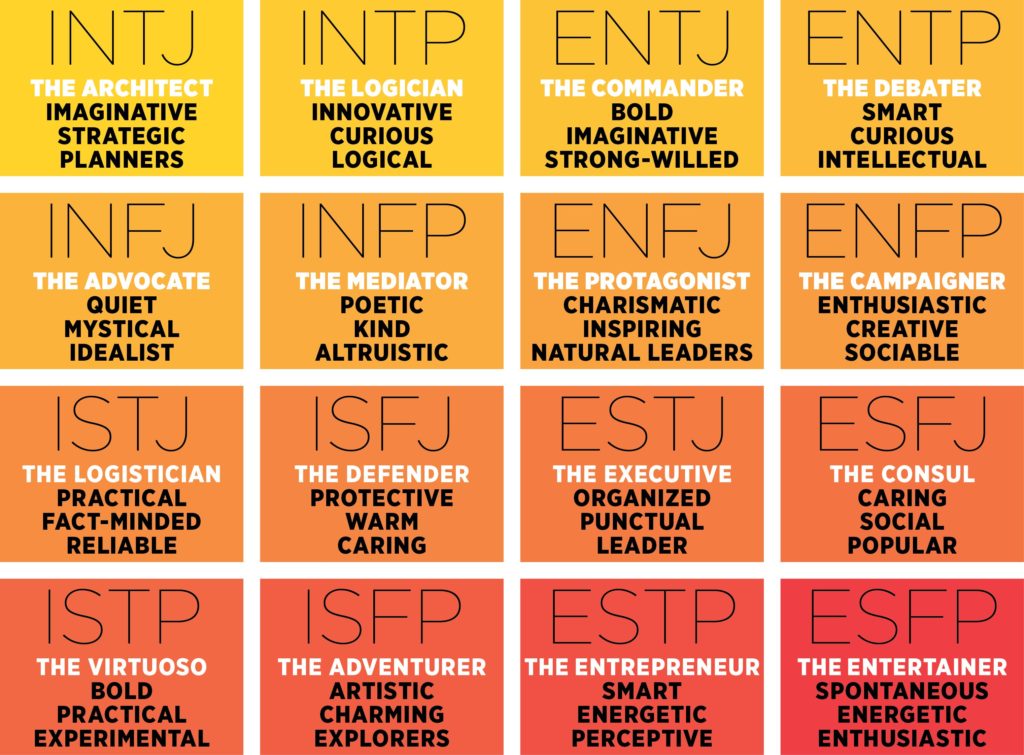 It will help you determine both the level of general intelligence (IQ) and the level of development of individual abilities. You can also track your progress by periodically measuring your intelligence using the Wexler method. How the test works and why it is worth passing, you will learn in this article.
It will help you determine both the level of general intelligence (IQ) and the level of development of individual abilities. You can also track your progress by periodically measuring your intelligence using the Wexler method. How the test works and why it is worth passing, you will learn in this article.
About the test
The test was developed by American psychologist, psychiatrist and psychodiagnosticist David Wexler. Includes 11 subtests, which can be divided into two groups: verbal and non-verbal intelligence.
Each of the 6 verbal and 5 non-verbal subtests consists of 10-30 questions of increasing difficulty.
Subtests were selected according to the following criteria:
- high correlations with other tests that measure the level of intelligence;
- high level of differentiation: a single, especially well or especially poorly developed ability does not distort the overall results;
- subtest results help in making a diagnosis (certain disorders correspond to certain pathologies).
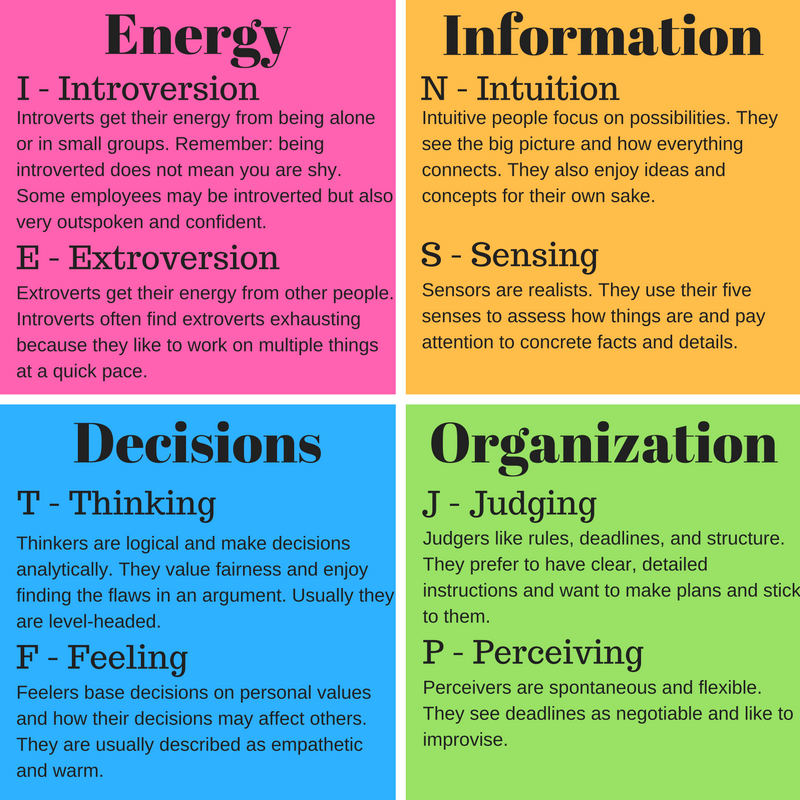
The result of passing each subtest is evaluated by points, which are later converted into unified scales. This allows you to compare the results for different subtests and analyze their spread.
Wechsler test helps determine:
- the level of verbal and non-verbal intelligence separately;
- the ratio of the development of verbal and non-verbal intelligence;
- intelligence quotient (IQ) based on two scales;
- intellectual abilities that are less developed than others and require compensation.
3 versions of the test are used:
- WAIS - for adolescents over 16 years old and adults;
- WISC - for testing children and adolescents aged 6 to 16;
- WPPSI - for children 4 to 6 years old.
Russian-language adaptations are available only for the first two modifications.
It is also worth noting that the modifications after their appearance were supplemented by both Veksler himself and other scientists.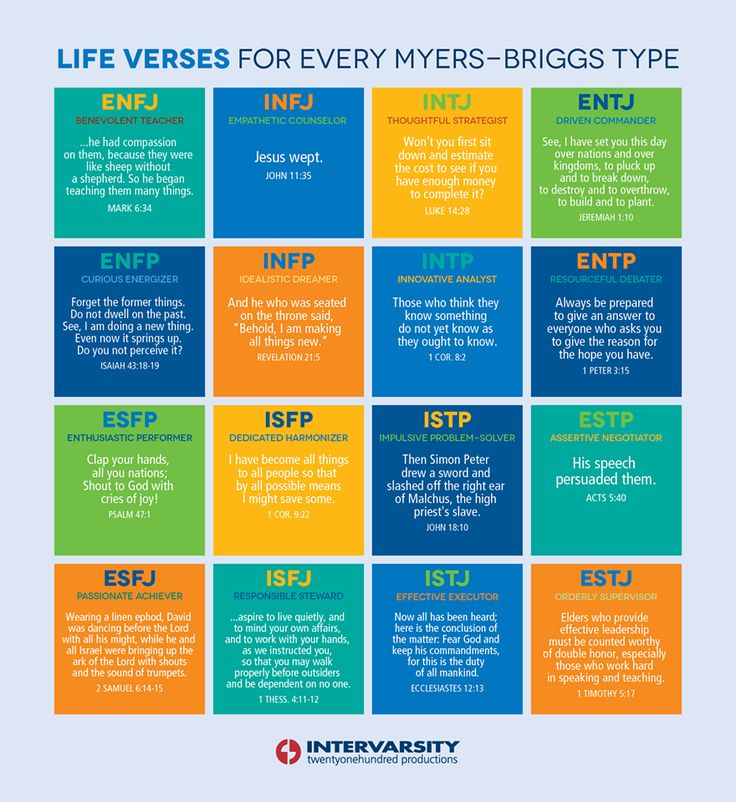 New subtests were added, the structure changed a little. For example, WPPSI was developed in 1967 and further revised in 1989, 2002, 2003 and 2012. Therefore, the same test can also have several subspecies (more or less modern).
New subtests were added, the structure changed a little. For example, WPPSI was developed in 1967 and further revised in 1989, 2002, 2003 and 2012. Therefore, the same test can also have several subspecies (more or less modern).
We will not consider each of them, we will focus only on 11 original subtests proposed by Veksler.
Subtests
Verbal subtests:
- General awareness. 29 questions that determine the level of simple knowledge. There are no tasks that require the subject to know special theoretical information. The correct answer is 1 point.
- Understanding. 14 questions that determine how well the test-taker understands the meaning of expressions. The score depends on the correctness of the answer: from 0 to 2 points.
- Arithmetic. 14 primary school level oral tasks. Not only the correctness is evaluated, but also the solution time.
- Finding similarities. 13 tasks that offer to combine two subjects on a common basis.
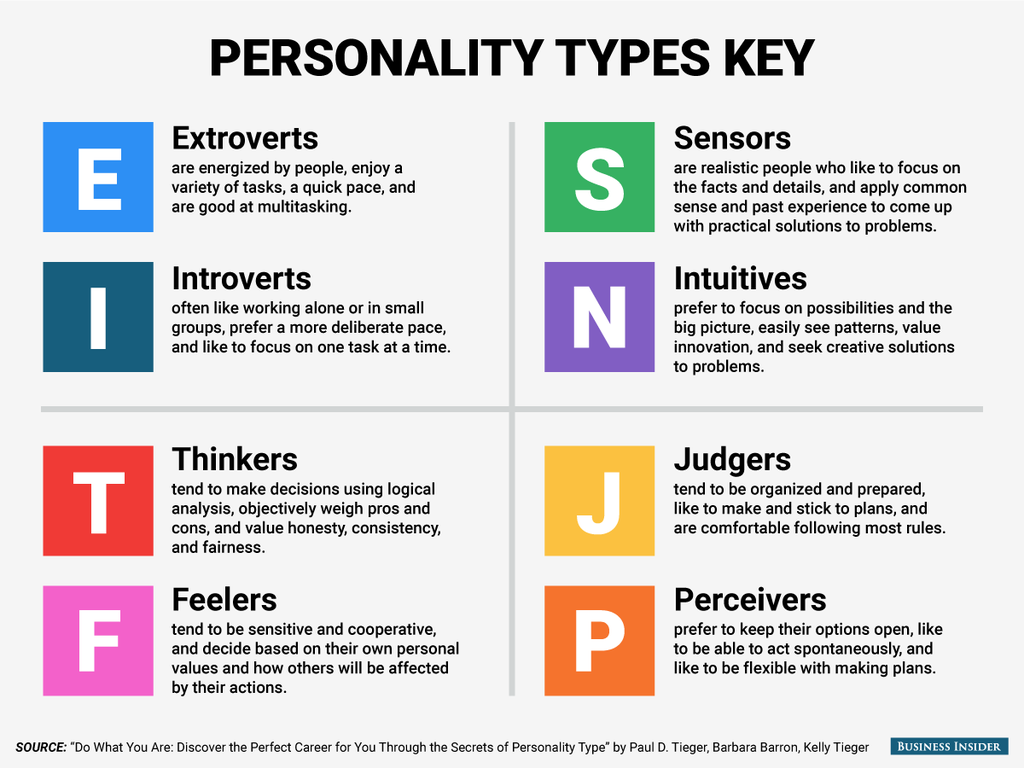 Score from 0 to 2 points.
Score from 0 to 2 points. - Storing numbers. The subtest has two parts. In the first one, it is proposed to memorize by ear from 3 to 9 numbers and then play them aloud. In the second part, it is necessary to reproduce a series of 2-8 numbers, but in the reverse order.
- Vocabulary. It is necessary to define 42 terms. 10 of them are simple and are common in everyday life. 20 - medium difficulty. The last 12 are abstract theoretical concepts. Estimated, depending on the correctness, - from 0 to 2 points.
The verbal scale has a correlation with the general culture of the subject. For example, according to the tests "Awareness", "Understanding" and "Vocabulary" one can judge intelligence.
Subtest "Arithmetic" helps to determine not only the ability to solve arithmetic problems, but also the ability to concentrate, because the tasks are simple and require the subject to be collected rather than a mathematical gift.
The results of the Similarity subtest make it possible to judge the ability for logical thinking and the ability to generalize.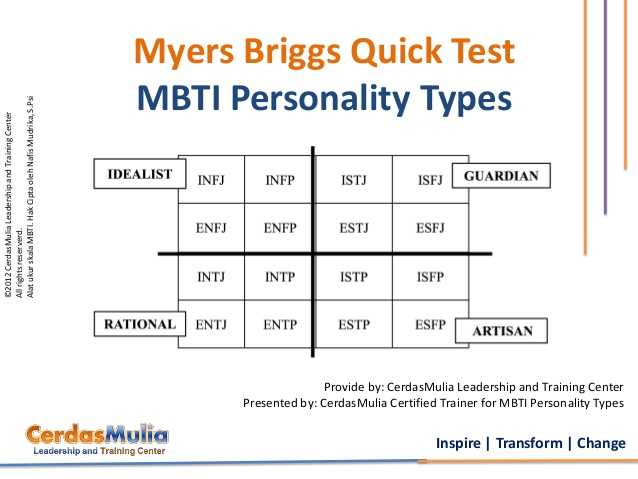
Number repetition is the least correlated with general intelligence. This subtest is solely aimed at measuring the amount of working memory. Wexler added it for diagnostic purposes: the inability to reproduce 4 digits in a row indicates dementia.
Now let's move on to the subtests of the non-verbal scale:
- Encryption. This is a test for code substitutions. A key is given, where each digit corresponds to another digit. One and a half minutes given. It is necessary to sign a code under a numerical series of one hundred digits in accordance with the key. The more correctly encrypted digits, the higher the score.
- Missing parts. 21 cards, each with a picture of a missing part. You need to determine what kind of detail it is. 20 seconds per card, for each correct answer - 1 point.
- Block design. 40 tasks. The subject is given a red-white drawing and red-white cubes. It is necessary to assemble the figure indicated in the drawing. Evaluated time and accuracy.
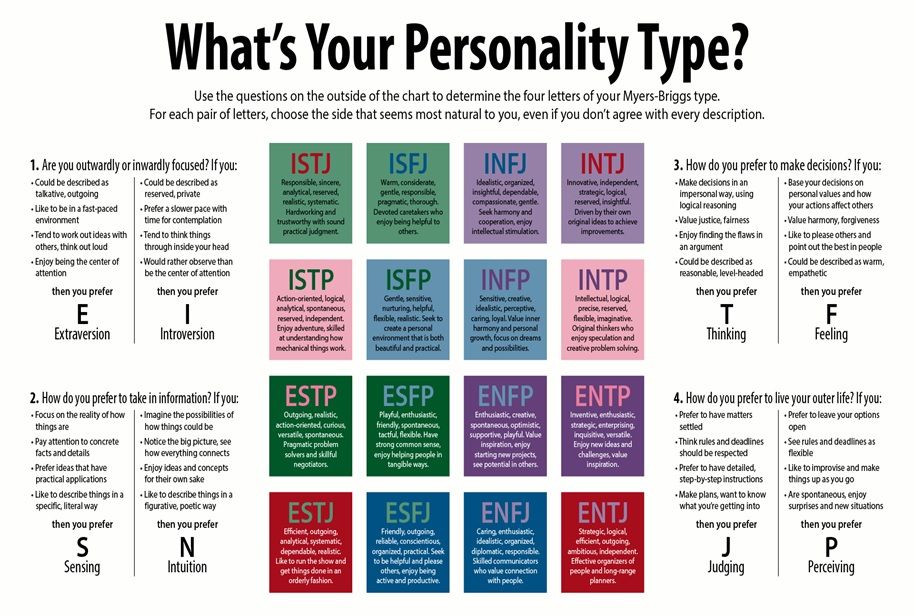
- Sequential pictures. 8 groups of pictures. Each group is a sequential story. The pictures are in the wrong order. The task of the subject is to arrange them in the correct sequence. Evaluation is determined by the time spent and correctness.
- Assembling an object. 4 tasks. It is necessary to assemble a well-known object (a person, an elephant, etc.) from parts. Evaluated depending on the time and correctness of the assembly of the object.
It is worth noting that initially Wexler believed that the performance of the non-verbal scale depended on psychophysiological inclinations, but studies of the results of twins refute this hypothesis.
Subtest "Ciphering" helps to diagnose hand-eye speed, attention, coordination and perception.
"Missing details" allow you to determine the level of observation.
Motor coordination and visual synthesis are diagnosed with the help of the “Block Design” subtest, and the ability to synthesize the whole from parts is diagnosed with the help of the “Assembly of the object” subtest.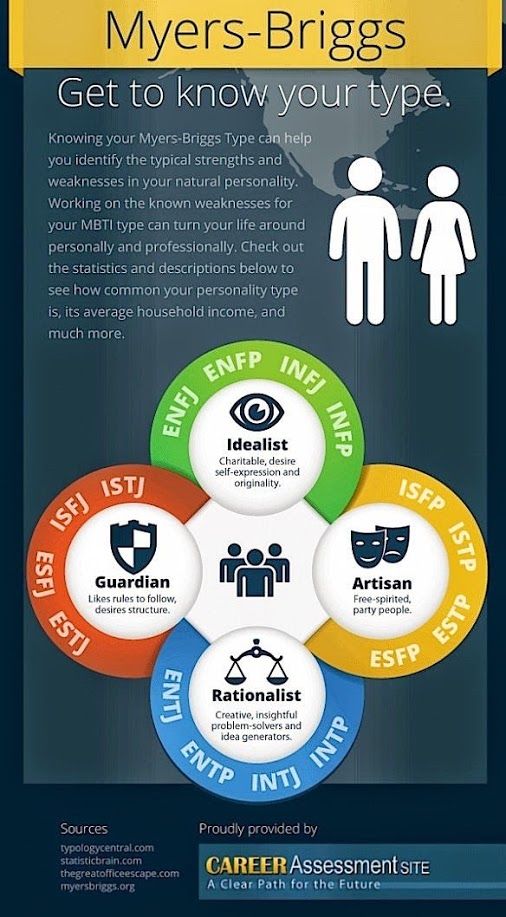 The results of both tests depend on the level of development of sensorimotor coordination.
The results of both tests depend on the level of development of sensorimotor coordination.
"Sequential pictures" report on the ability of the subject to organize the whole from parts, extrapolate and understand the situation.
After passing all the subtests, it is necessary to interpret them correctly in order to get the final result.
Wechsler test interpretation
Results interpretation algorithm includes:
- calculation of points for each task in accordance with the evaluation criteria;
- transfer of "raw" scores to standard ones through a unified scale;
- points are summed up within each of the scales - the level of verbal and non-verbal intelligence is determined;
- the scores of the two scales are summed up - the level of general intelligence is determined.
After receiving the final result in points, you can determine your level of intelligence:
- 130 and above - very high IQ;
- 120-129 - high IQ;
- 110-119 - above average;
- 90-109 - average IQ - about half of the population;
- 80-89 - below average;
- 70-79 - within normal limits;
- 69 and below - insufficient intellectual development.
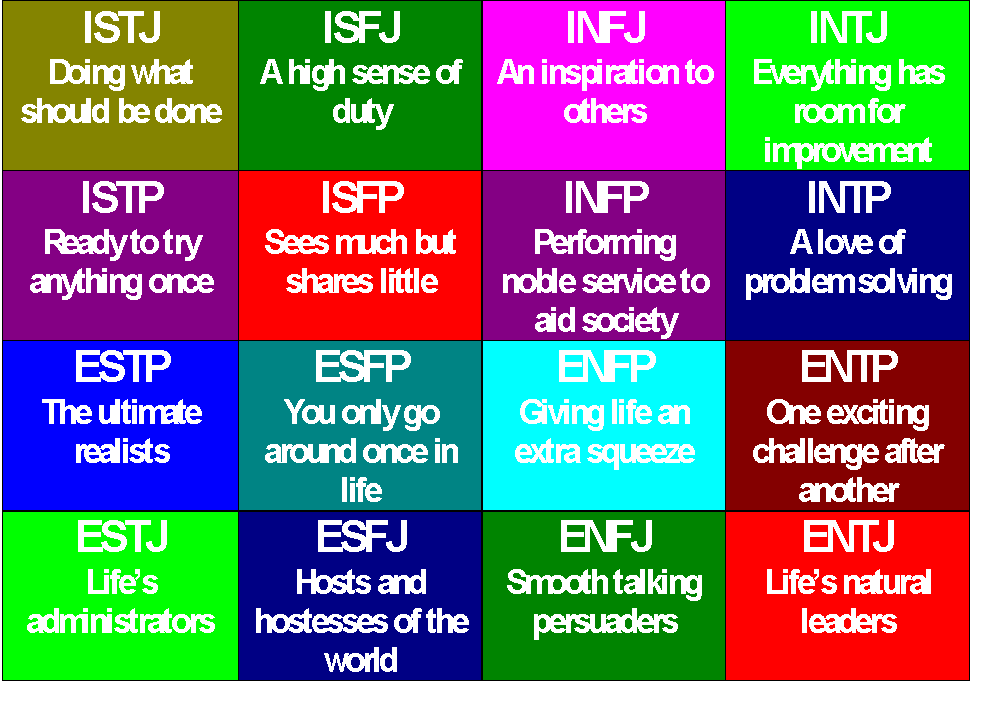
Learn more

